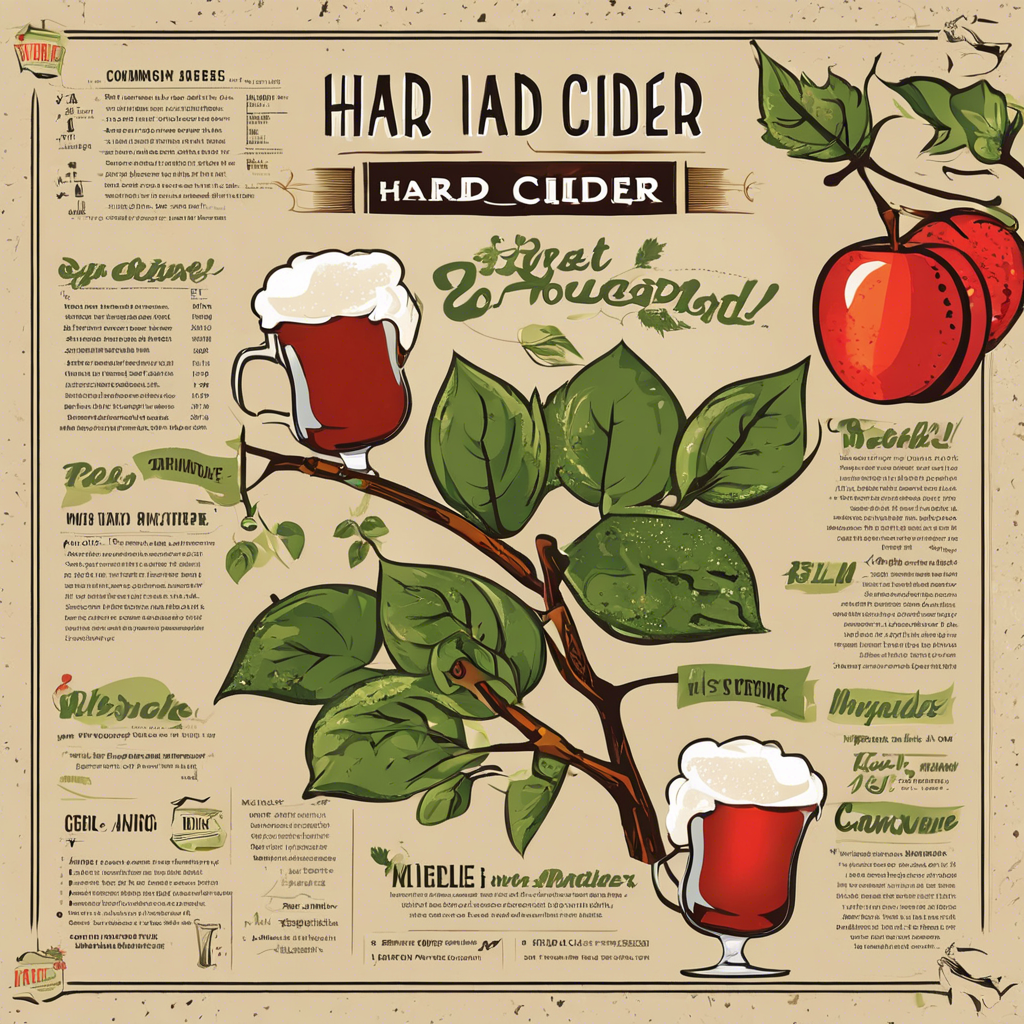Making hard cider at home is a rewarding endeavor and a fun way to channel your inner mixologist. With the right ingredients and equipment, you can craft a delicious batch of cider to rival any store-bought variety. However, there are a few common pitfalls that novice cider makers often encounter. So, before you dive into the world of DIY hard cider, take note of these mistakes to avoid, ensuring your cider-making journey is smooth and successful.
First and foremost, sanitation cannot be overemphasized. Inadequate sanitation is a common error that can lead to contaminated cider and ruin your entire batch. Always sanitize your equipment and work area thoroughly before starting the cider-making process. This includes cleaning and sterilizing all utensils, bottles, and containers to prevent the growth of unwanted bacteria and wild yeast. A simple mixture of hot water and sanitizing solution or a quick run through the dishwasher can do the trick.
Another mistake to avoid is using the wrong type of yeast. Not all yeast is created equal, and using the wrong variety can lead to poor fermentation and an unpleasant-tasting cider. Choose a yeast specifically designed for hard cider making, as these strains can tolerate the higher alcohol content and will impart the desired flavor profile. Avoid bread yeast, as it will produce off-flavors and may not ferment properly.
The quality of your cider starts with the apples you choose. While it may be tempting to use any apples available, selecting the wrong variety can affect the flavor and aroma of your final product. For hard cider making, it’s best to opt for apples that are specifically grown for cider, as they tend to have a higher sugar content and more complex flavors. Stay away from grocery store apples that may be treated with wax or other preservatives, as these can be challenging to work with and may impact the fermentation process.
Measuring and monitoring the specific gravity of your cider is crucial to understanding the fermentation process and, ultimately, the alcohol content of your beverage. Failing to take these measurements can result in an inconsistent product, leaving you guessing about the alcohol percentage and potentially affecting the taste and quality. Invest in a hydrometer, which will help you determine the sugar levels before and during fermentation, allowing you to adjust accordingly.
Patience is indeed a virtue when it comes to hard cider making. Allowing your cider insufficient time to age and clarify is a common error, often resulting in a cloudy appearance and an unbalanced flavor profile. Give your cider the time it needs to mature and develop its full flavor. Aging in a cool, dark place for at least six months will allow the flavors to meld together, resulting in a smoother, more refined cider.
